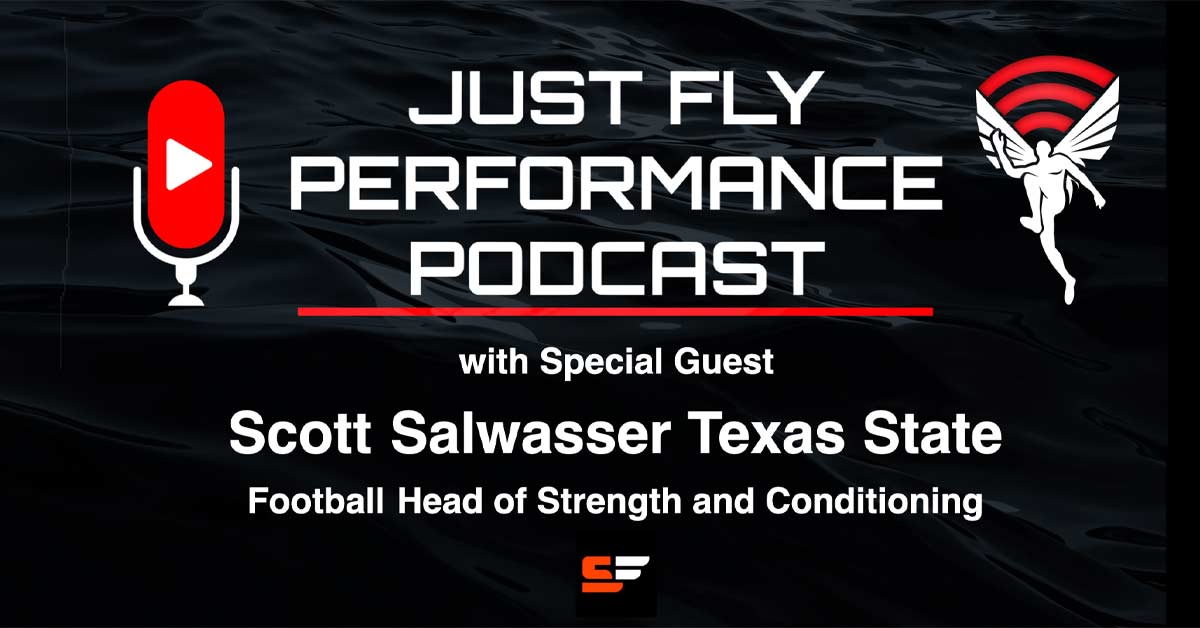Scott Salwasser is now the Head of Strength and Conditioning for football at Texas State University in San Marcos, Texas (an update from the podcast). Scott came to Texas State after a successful run as the Director of Speed and Power at Texas Tech University. He also served as assistant strength and conditioning coach at UC Berkeley in Santa Clara, California. Scott completed a master’s in science and kinesiology at UC–Sacramento in 2006. He has an extensive and successful background in the area of speed and energy system development for American football athletes.
Coach Salwasser covers the effect on the central nervous system of various modalities of speed training and how those translate to the weight room. He also discusses the neurostimulation of speed “days” and how often to train them for maximum transfer to the field and weight room. Scott gives his insights on using video to evaluate speed days the same way sport coaches use it for practice.
In this podcast, Coach Scott Salwasser discusses with Joel:
- His philosophy of “being a track coach for the football program.”
- His training variations for athletes, which depend on the strength of the athlete and specific needs of their position.
- His training periodization for football and the protocols used during various blocks of the training schedule.
- His plyometric program, as well as the use of special strength and competition sprinting to develop game speed in football players.
- The use of sleds and how to vary load percentages based on player position and in-game needs.
- How to develop and use speed stations.
Podcast total run time is 51:03.
Keywords: football, plyometric, periodization, speed development





